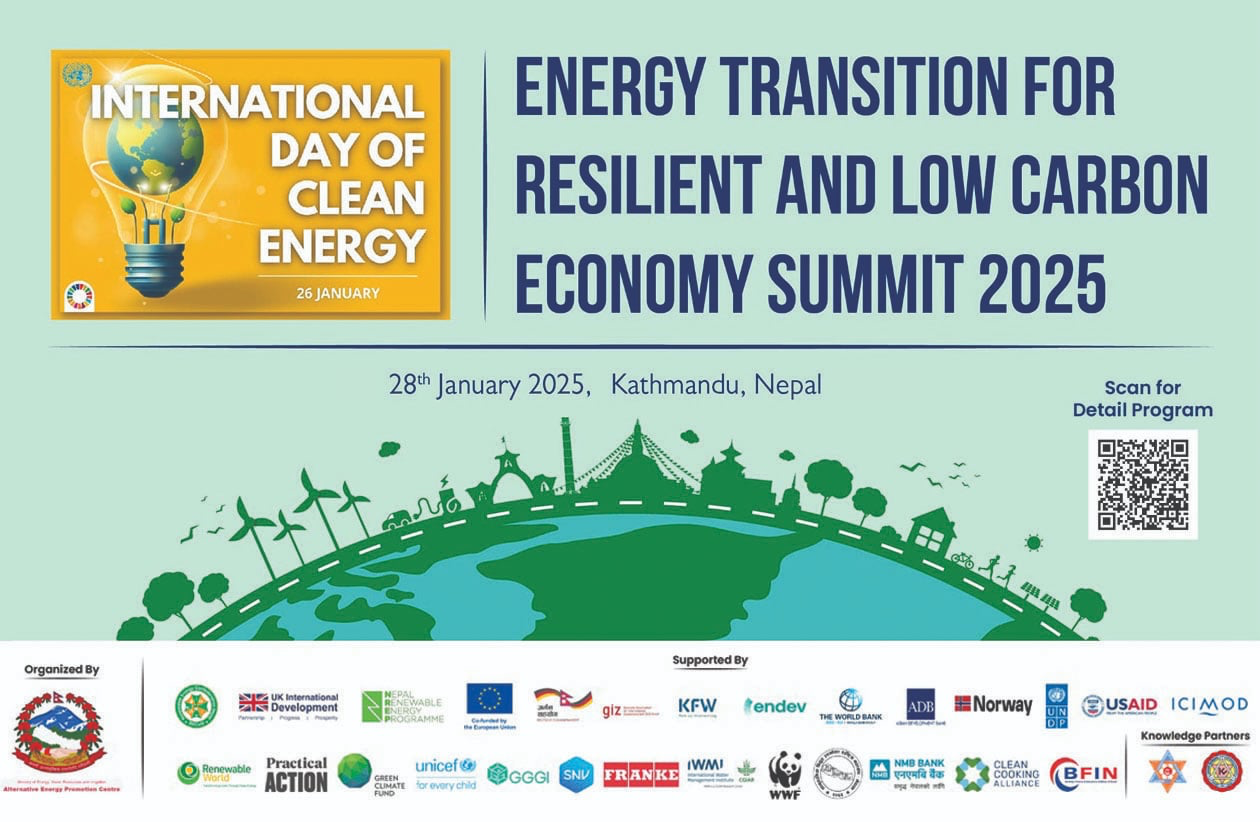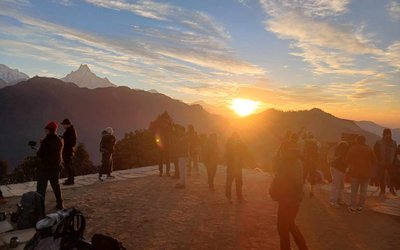
Earlier this week, Nepal’s two communist parties -- Prime Minister KP Oli-led Communist Party of Nepal (UML) and Prachanda-led Maoists -- agreed to merge. They had fought elections together last November-December. They had won a resounding mandate. And with the proposed merger, the new Communist Party will become Nepal’s most powerful in decades -- with parliamentary strength, organisational depth, and penetration in all spheres of state and society.This alliance, and the merger, has strong Chinese backing.
Here is the twist. India did not want the alliance to happen, or the alliance to win the elections, or the merger. It could do little to stop any of the three developments.
To understand the scale of shift we are witnessing in Nepal, let’s rewind 13 years.
It was in Delhi that the most unlikely of political alliances was struck in 2005. India facilitated a dialogue between democratic political parties and Maoists, and supported a movement that ousted an autocratic monarch. China barely figured within the Nepali political theatre at a time of such a historic change.
The two different alliances in 2005 (between parties and Maoists, backed by India) and 2017-18 (between Communists, backed by China) reveals the biggest departure that has taken place in the last decade in Nepal. China is today an actor in Nepal’s internal politics. It has preferences. It invests political and financial capital to shape outcomes. And it has left India with limited room to get its way.
The Chinese push
Why has China expanded its influence and how has it done so?
One, China’s national power has grown tremendously in the past decade. If it is expanding in Latin America and Africa, is it any surprise that it would expand its influence in Nepal, with which it shares a long border? To interpret any engagement between China and Nepal only through an alarmist prism would be a mistake. Both are sovereign nations, both have had historic ties, and in an inter-connected world, both will grow closer.
Two, not only does China share a border with Nepal, it is in Tibet that the two meet. Nepal is a route that Tibetans have used to escape, or to return home. Chinese officials have told Nepali interlocutors that they believe the ‘Western bloc’ -- US, EU, and human rights groups -- might create unrest in Tibet by using Nepal as a hub.
Beijing has not only sought a clear commitment by Nepal that Tibetan activities would be cracked down upon but also directly engaged with political parties and security forces to get it done.
Three, China sees economic opportunity in Nepal -- both as a venue for investment but, more critically, as a potential route to deepen its penetration into the Indian market. It has pushed connectivity projects, proposed trilateral cooperation between the three countries, and played up Nepal’s hopes of acting as a bridge. And this is because it believes this is a good way to swarm the entire market across the Gangetic plains.
Four, as the contradictions of Delhi and Beijing have grown on a range of global and regional issues, China sees Nepal as a place where it can squeeze India. By translating its economic engagement into a political role, backing precisely the actors Delhi is uncomfortable with, and altering Nepal’s strategic alignment, China wants to counter, reduce, and even negate India.
The Nepali pull
The reason this has become possible is because Nepal itself is changing.
Its Hill-dominated establishment, perennially suspicious of India, sees an opportunity to increase its leverage with Delhi by playing the ‘China card’. But beyond the rulers, the Kathmandu middle class and intellectual elite -- all from the hills - believe that Chinese capital can transform Nepal’s fortunes. They reciprocate Beijing’s overtures.
India’s inconsistent policy line, erratic diplomacy veering from neglect to overbearing pressure, and its record of antagonizing all sides of the Nepali political spectrum have reduced New Delhi’s power.
Back in 2013, the Chinese ambassador to Nepal said to interlocutors he would do everything in Kathmandu that his Indian counterpart did. Beijing is living up to its word.
Courtesy: Hindustan Times

















